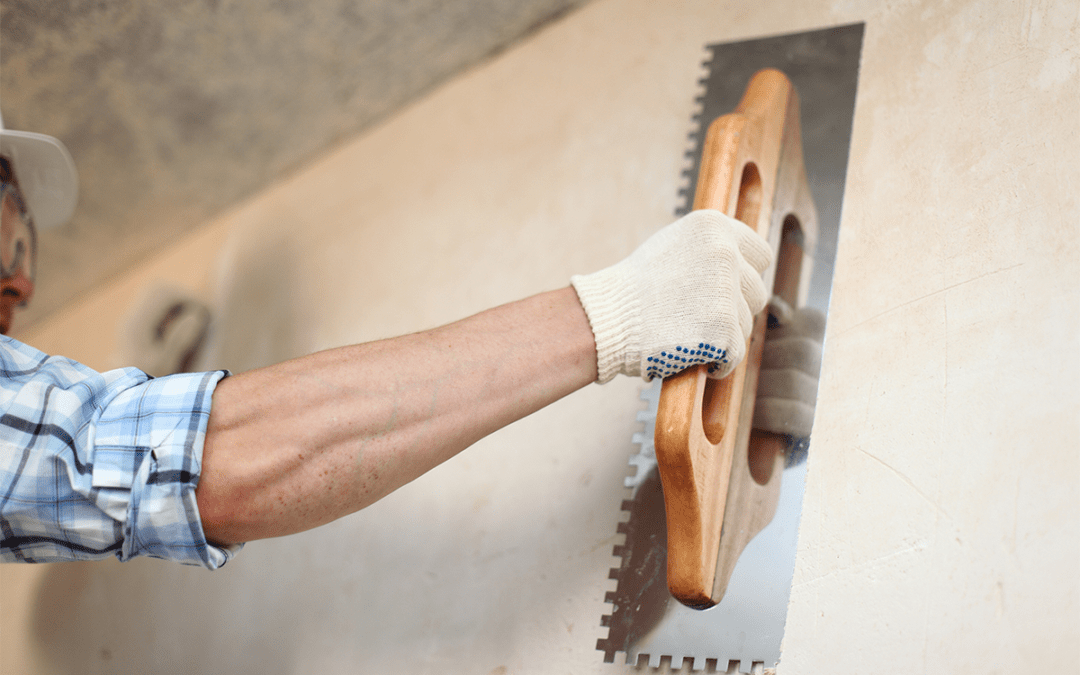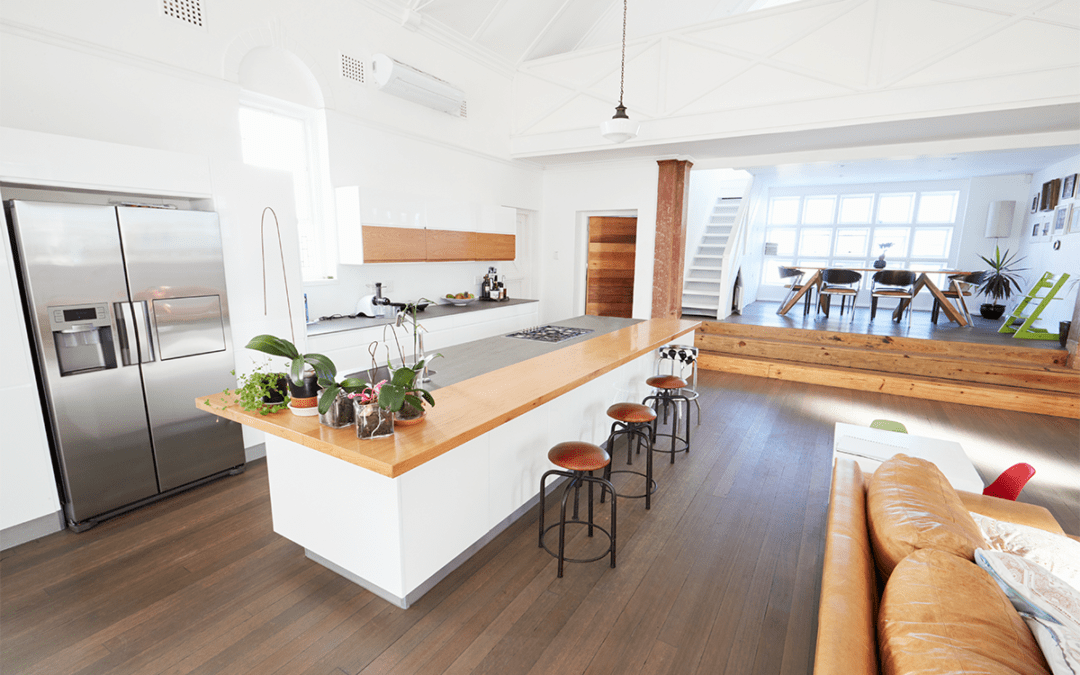
The Benefits of a Professional Plastering Contractor for your Interiors
There are many home maintenance and decoration tasks you can do yourself, and DIY can be a great way to express your creativity and learn new skills. However, DIY plastering often ends in disaster and is far more skilled and intricate than many other general jobs.
At Pinnacle Works we offer a complete plastering service, whether you require a razor-sharp, smooth edge or a more detailed plaster effect to restore a period property feature.
In this article we share some guidance to explain the importance of using an accomplished plastering contractor and some of the common pitfalls we see following a DIY plaster disaster!
What is Plastering?
You’ll likely find plaster throughout your home, on the walls and ceilings. In essence, this finish protects your interior and provides a smooth surface to paint or hang wallpaper.
Typical plasters are blended from gypsum, cement or lime, which come in a dry powder and are mixed carefully with an accurate water measurement to develop a paste ready for application.
The Plastering Process
Let’s run through a basic explanation of what’s involved:
1. Surface Preparation
First, we assess the condition of the surface and prepare it for plastering. You must address any issues with damp, mould, rust or other deterioration before plastering takes place.
2. Plaster Mixing
Next, our plastering team prepares the plaster. There are multiple different application types, and heritage properties may require a specific blend of materials to comply with Listed Building requirements.
3. Plaster Application
Watching a skilled plasterer can be mesmerising. The process involves using firm upward strokes with an angled trowel and flattening the tool at the end of each motion to perfectly smooth the plaster.
4. Drying Time
Finally, your plaster needs to dry, and then your selected decoration is applied. Correctly applied plaster will dry relatively quickly and can be primed ready for painting.
Getting the blend and the application right is vital for appearance and ensuring the surface maintains fire-proof qualities for household safety.
Skimming vs Plastering Explained
The exact work you require will depend on the nature of your project. Skimming and plastering are often interchanged, but to a contractor are two different tasks.
Skimming, or skim plastering, means that a thin coat of plaster is applied to an existing wall on top of the current layer. This work is usually necessary when the surface area isn’t smooth and can be a restorative task for period properties to ensure the walls can be painted and kept in good condition.
A skimming project may sound simpler than plastering a bare wall. Still, it’s often a more difficult job, whereby the finish must be precise, absolutely smooth, and provide a perfect surface that you can paint or decorate.
Why Is Quality Plastering Important?
Pinnacle Works plasterers have years of training and vast experience in achieving outstanding finishes in a minimal application time.
The quality of your plastering work will have a significant impact on the aesthetic of your completed room and on the overall cost you need to budget for:
- Poor plastering will crack or produce lumps and unsightly bubbles.
- Inconsistent finishes make it very tricky to hang wallpaper and will be highlighted when applying paint.
- Improper technique means that tight corners and edges will usually crumble or show gaps and uneven edges.
- The wrong type of plaster can be catastrophic! Interior plaster used outdoors, for example, can fall away from the wall or collapse entirely.
- A badly plastered wall will need to be removed and replaced from scratch, costing considerably more than a capable plastering contractor.
- Substandard interiors will often impact the saleable value of your property.
- Too much or too little plaster applied unequally will mean an uneven, wobbly wall.
While many DIY videos make plastering look effortless, don’t be mistaken in that it’s easy to get right without training.
One of the most severe issues is that any task involving wet materials, ladders and potentially handling live wiring requires a competent contractor to ensure all the work is compliant with health and safety regulations.
DIY Plastering or Professional Plastering Contractor?
Before you’re tempted to give plastering a go, we’d advise taking a look at some of the frequent mistakes we come across.
One of the common problems with DIY plaster is that the type of plaster isn’t appropriate. There isn’t one universal plaster mix suited for indoor and outdoor sites or rooms with higher damp concentrations, so the wrong plaster mix will inevitably need to be replaced.
Home improvements can be an exciting opportunity to get hands-on, but the exacting nature of plastering and the delicate blend to achieve an optimal plaster mix isn’t usually something you can achieve without practice.
Benefits of Using a Plastering Contractor
As we’ve explained, it’s highly advisable you use a qualified plastering contractor to ensure you get the quality and look you’re after.
There are many benefits to using an experienced professional:
- Detail is crucial. Plastering with gaps and bubbles is impossible to disguise, so attention to the finish is vital.
- Skilled plastering contractors work fast. Our teams are efficient and provide all the necessary equipment to complete your job from start to end – meaning you can move on to the next phase promptly.
- Properly applied plaster is durable and will last for decades. Poorly applied plaster, conversely, will often require replacement in just a few short months.
Plaster might be a rigid material, but mistakes at the application stage can be costly and cause irreparable damage to your walls. Particularly when looking at plaster coving, ceiling roses or cornices, the level of detail is impossible to achieve without using a contractor with ample experience in similarly complex projects.
Pinnacle Works is a full-service building contractor working with clients across Sussex and beyond. We hope this brief guide to plastering helps identify the right way to achieve the quality and appearance you expect! If you need any assistance with a plastering project or a plastering problem, please get in touch for friendly advice from the plastering professionals.

